Franz West
Franz West was born in Vienna, Austria, in 1947. From 1977 to 1982 he studied at the Academy of Fine Arts in Vienna with Bruno Gironcoli.
In 1993 West was Austria's representative at the Biennale di Venezia, Italy. From 1992 to 1994 he held a professorship at the Städelschule, Frankfurt am Main.
The artist participated in numerous major international exhibitions and group shows, including documenta IX in 1992 and documenta X in Kassel, Germany, in 1997. In 2009/2010, West designed the "Iron Curtain" at the Vienna State Opera as part of a series of exhibitions conceived by "museum in progress."
Solo exhibitions dedicated to him include 1996 Museum moderner Kunst, Stiftung Ludwig Wien, 20er Haus, Vienna, 1997 Museu Serralves, Porto, Portugal, 1997 Museum of Modern Art (MoMA), New York, USA, 1998 Middelheimmuseum, Antwerp, Netherlands, 2000 Renaissance Society, Chicago, USA, 2000 Zentrum für Kunst und Medientechnologie (ZKM), Karlsruhe, Germany, 2001 and 2008 Museum für angewandte Kunst (MAK), Vienna, 2002 Deichtorhallen, Hamburg, Germany; 2003 Kunsthaus Bregenz, Bregenz, Austria; 2003 Whitechapel Art Gallery, London, UK; 2008 Baltimore Museum of Art, Baltimore and 2009 Los Angeles County Museum of Art, Los Angeles, USA; 2009 Fondation Beyeler, Basel, Switzerland; 2009/10 Museum Ludwig, Cologne, Germany; 2010 Museo d'Arte Contemporanea Donna Regina, Naples, Italy; 2010/11 Kunsthaus Graz, Graz, Austria; and 2011/12 Institute of Contemporary Arts, London, UK. Posthumous retrospectives were dedicated to the artist in 2013 at Museum Moderner Kunst (mumok), Vienna; Museum für Moderne Kunst (MMK), Frankfurt am Main, Germany; Inverleith House, Royal Botanic Garden Edinburgh, Edinburgh, UK; 2014 at The Hepworth Museum, Wakefield, West Yorkshire, England; 2016/17 at Belvedere 21, Vienna; and 2018/19 at Centre Georges-Pompidou, Paris, and Tate Gallery, London, UK.
West has received numerous awards, including the Otto Mauer Prize in 1986, the City of Vienna Prize for Fine Arts in 1988, the Generali Foundation Sculpture Prize in 1993, and the Wolfgang Hahn Prize, Museum Ludwig, Cologne, in 1998. In 2011 Franz West was awarded the Golden Lion of the Venice Biennale for his life's work and received the Austrian Decoration of Honor for Science and Art.
Franz West lived and worked in Vienna, where he died in 2012. He received a grave of honor at the Vienna Central Cemetery.
By the mid 1970s, West developed his Adaptives, made from polyester plastics, combined with eve-ryday objects such as wire, paper mâché, and plaster of Paris bandages, which were shaped into amorphous objects that would attach themselves almost automatically to the human body. Franz West was in close con-tact with musicians and writers, but it was psychoanalysis and Wittgenstein’s philosophy that had a particu-larly strong influence on him. His first exhibitions took place at the Gallery nächst St. Stephan. Towards the end of the 1980s, West expanded his principles of archetypal sculpture to include furniture as pieces of sculp-ture. In 1987, he developed his sculptural work Eo Ipso for the Sculpture. Projects Münster exhibition in Ger-many. In 1989 he produced a set of chairs and couches, which were set up in front of selected paintings and sculptures during an exhibition at the Art Historical Museum in Vienna. In 1990 West took part in the Biennale di Venezia, exhibiting not only aluminum casts of the Adaptives, but also the multi-sectional sculpture, Revi-sion, in the Austrian pavilion. West also employed African fabrics imprinted with everyday objects as covers for his sitting sculptures, which would only “become art by being sat on.” His iron benches, covered with old Middle Eastern rugs and arranged in the shape of an open-air movie theater at the Documenta IX, acquired legendary status. Also during the following Documenta X, in Kassel, Germany, in 1997, West took care of the seating arrangements by “chairing” the main venue. West enjoys arranging his works in a diversity of artistic contexts and in the company of other artist friends. Thus, on the occasion of his award presentation in 1993, he arranged for a Divertissement or entertainment, involving his own furniture pieces as chairs and tables, enhanced by live-music and poetry readings. Cooperating with Heimo Zobernig (tables), Peter Kogler (fabric design), and Marcus Geiger (color advisor), West also designed the interior of the restaurant on the premises of the former “Habig” hat shop situated behind the Generali Foundation’s exhibition hall. West has arranged a number of the early Adaptives and photo montages brought together in the collection into several new installa-tions. (DL)
read more read lessBooks of artists
Franz West. Otium. Ed. König, Kasper; Schlebrügge, Johannes. Texts by Kobalek, Otto; Wechsler, Max. Zürich: Edition "Unikate" Peter Zimmermann, 1995.
Artworks
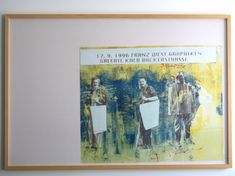
3 Bastler, 1996
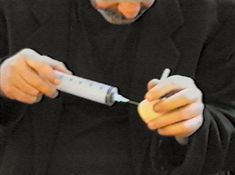
Das bestellte Oval, 1992-93
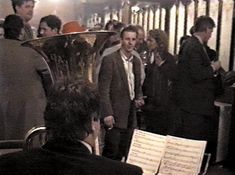
Divertissement, 1993
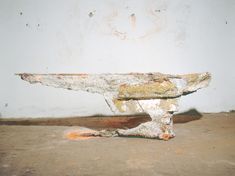
Divertissement (nach Pascal), 1987

Genealogie des Ungreifbaren, 1997
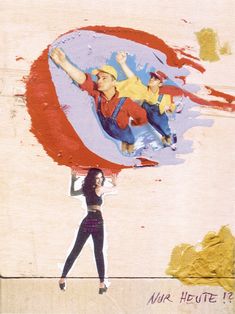
NUR HEUTE!?, 1997
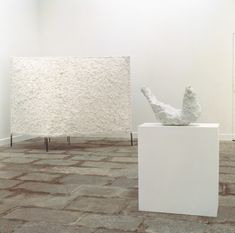
Ohne Titel, 1989
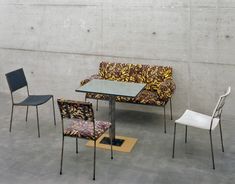
Prototypen, 1996
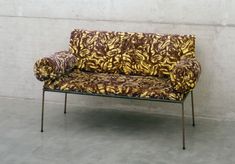
Prototyp Sitzbank für 2 Personen, 1996
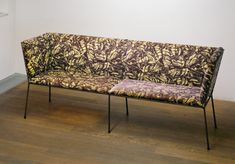
Prototyp Sitzbank für 3 Personen, 1996

Prototyp Stuhl, 1996
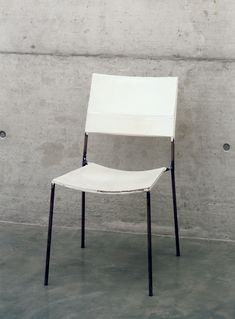
Prototyp Stuhl, 1996
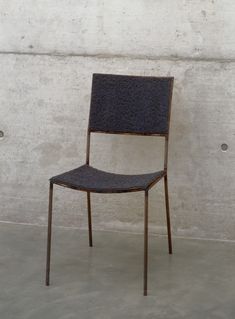
Prototyp Stuhl, 1996
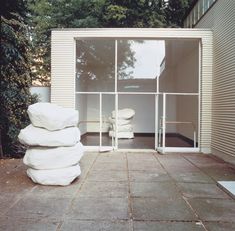
Revision I und II, 1990
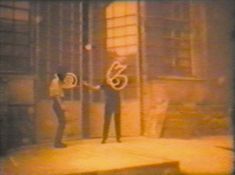
Studien zu Passstücken, 1992
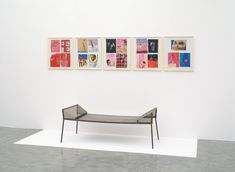
Träumerei -- Dreamy, 1997
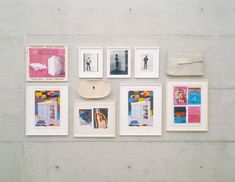
Variable, 1997